Saving Glen Mary’s mid 19th century mule barn
The heart and soul of the old farm is Glen Mary’s iconic 1840 mule barn. Other than the house, Glen Mary’s barn is the last surviving antebellum structure on this historic site.
Saving this precious barn was high-priority! Over the years the barn’s condition had deteriorated to a desperate state and was in dire need of repair and stabilization. Preservation Americas’ goal was to ensure its structural soundness and longevity for another 150+ years!
The barn was sagging and leaning due to the seriously decayed corner posts and timber sills. This condition had compromised the structural integrity of the original framing system. The sills, posts, infill studs and siding had all deflected downward producing a gap between the roof and the wall where water penetrated. Some of the barn’s foundation sills had failed and were partially rotted because of moisture retention.
It was our good fortune that two incredibly generous donors came to our aid and made this barn restoration possible. Washington Electric Foundation contributed the funds for the contractor labor costs for the north side of the barn and Dr. James Cantrell, professor emeritus at The University of Georgia donated the materials. Dr. Cantrell’s gift is of rare first growth heart pine timbers, a species that is not replaceable, as old growth heart pine is no longer commercially available as a crop. These are magnificent pieces of wood, some are huge, heavy and long, hand-hewn and notched where tendons were once placed.
Dr Cantrell’s beneficence has enabled us to use replacement materials as close as possible to the same species timbers and the same size as used in the original barn construction. These materials assure that the historic character of the barn is retained and preserved.
The barn restoration involved jacking up the north side of the barn where it was sagging. Working under the jacked-up barn, the contractors replaced the rotted sills and positioned the posts and wall studs to their original mortise locations. The barn was then level and sat squarely on its foundation.
Rotted siding was replaced or repaired, as were barn windows and doors. The corn crib was floored, and the building was further stabilized with a brick and granite foundation. The roof was painted and aligned correctly. Moisture problems were addressed by installing a drainage system of catch basins and drain pipes. Dangerous knob and tube electrical wiring dating to the early part of the 20th century was replaced with a modern electrical system.
Photos!
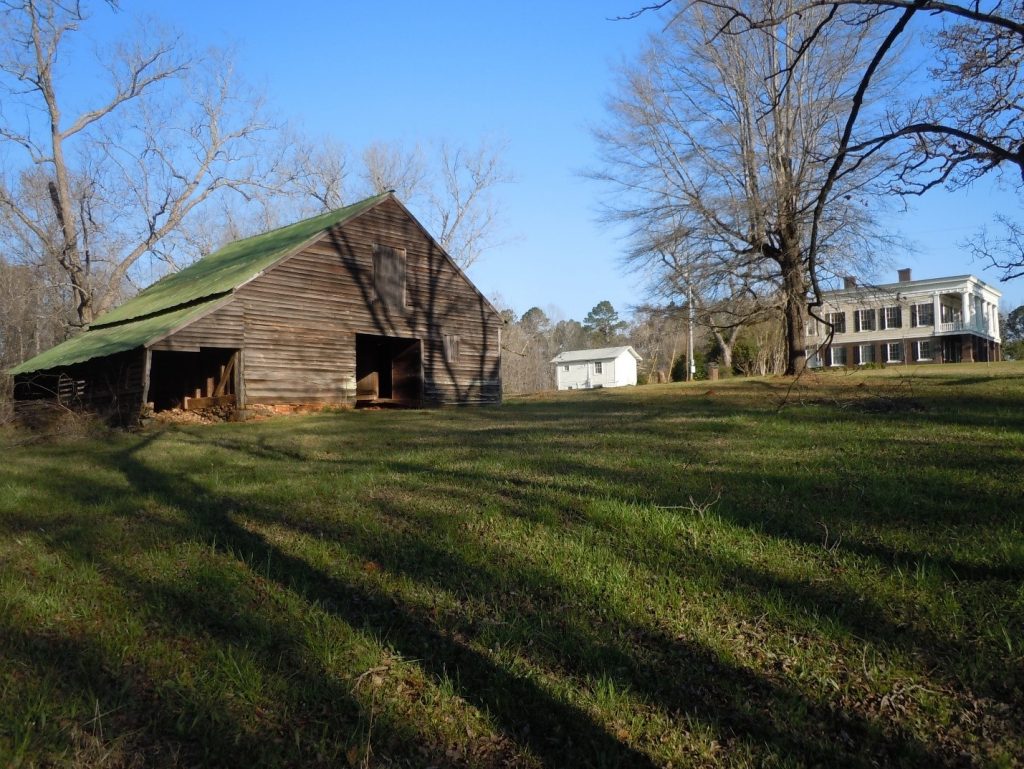
Photos show the condition of the barn prior to restoration
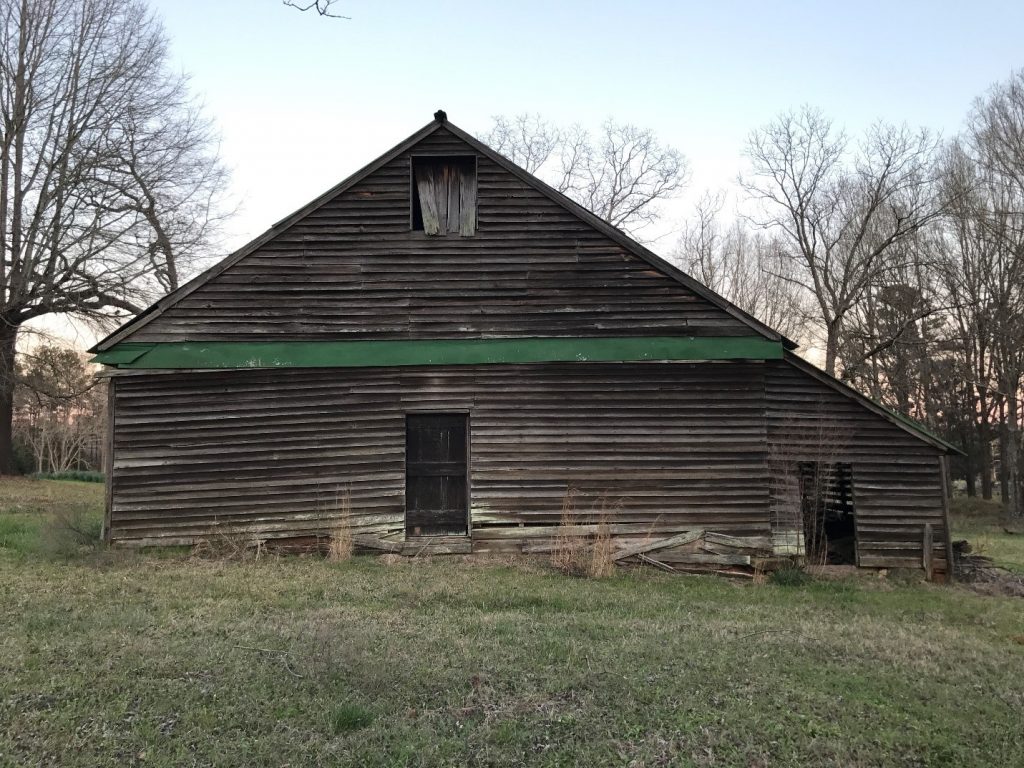
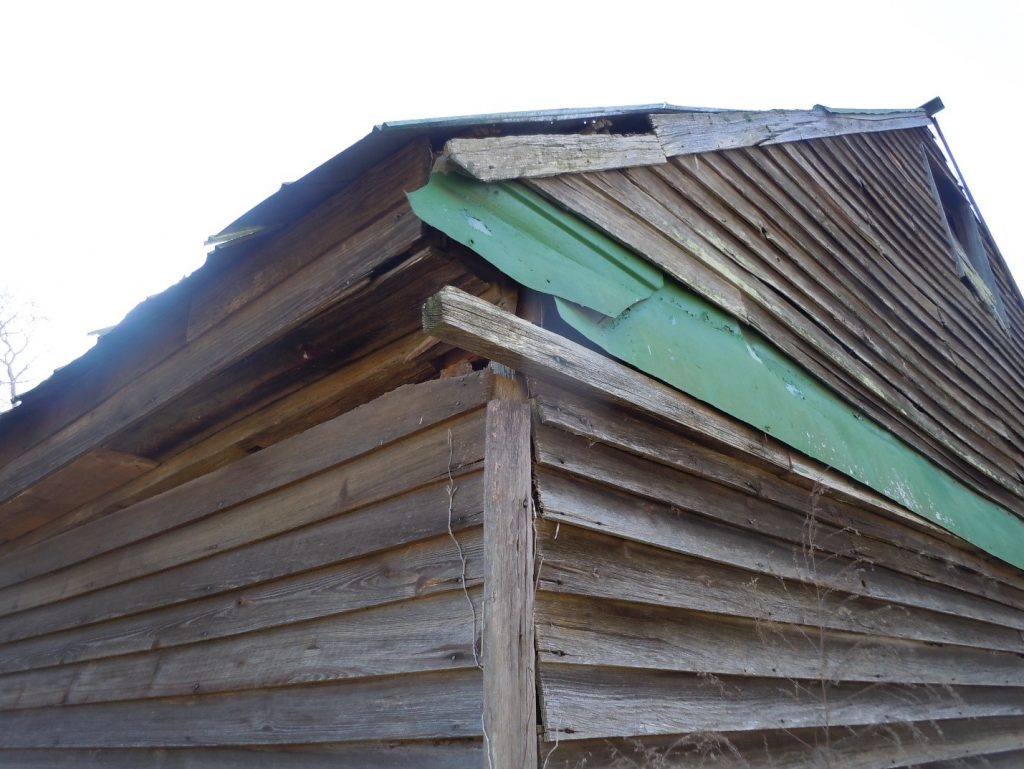
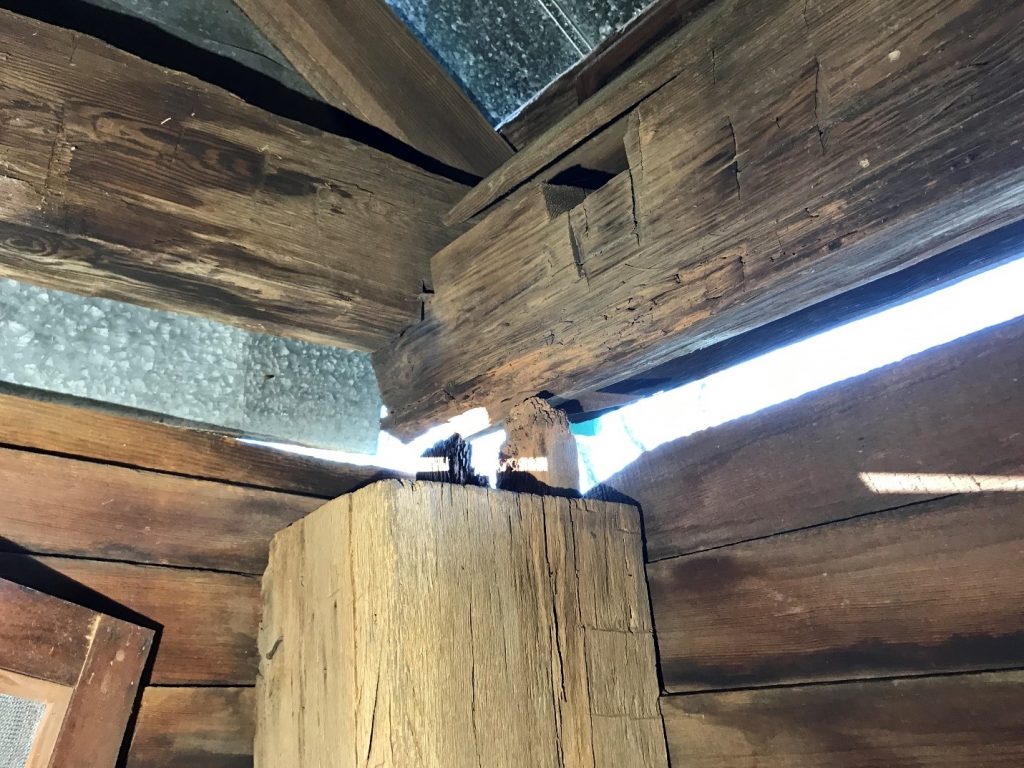
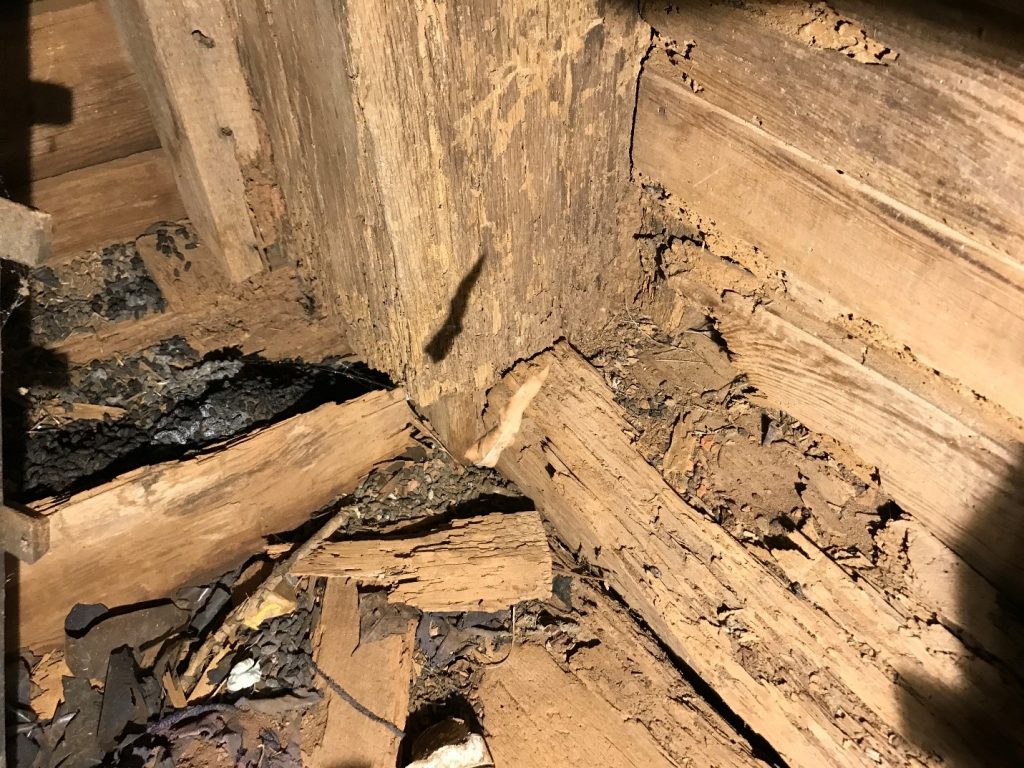
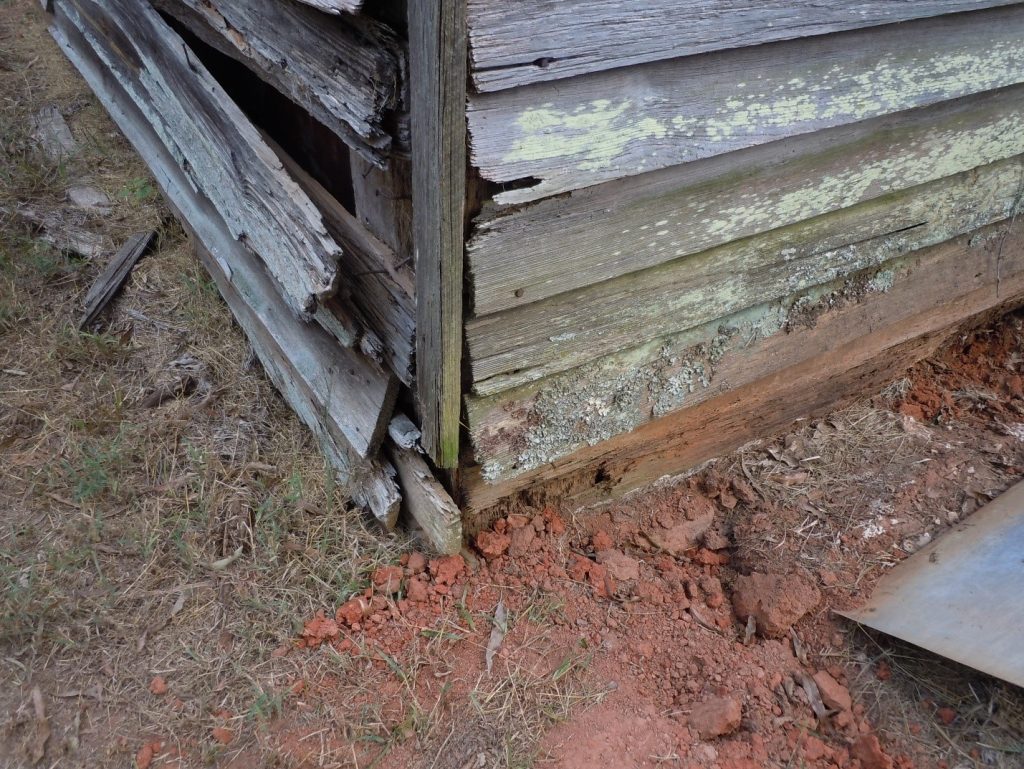
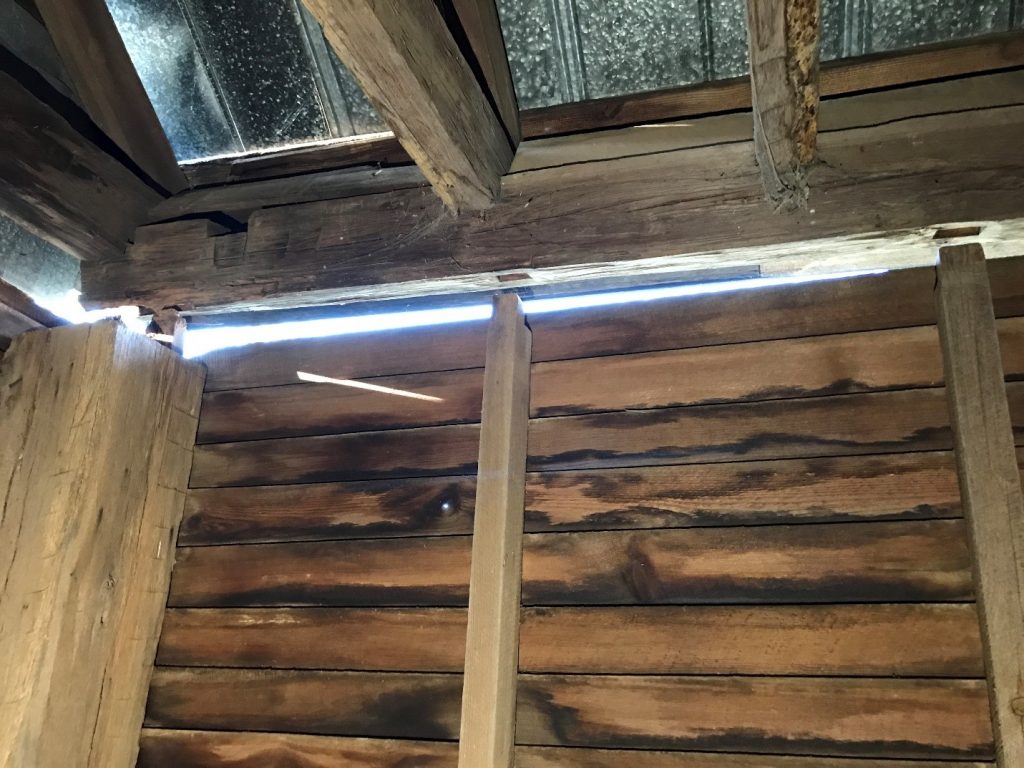
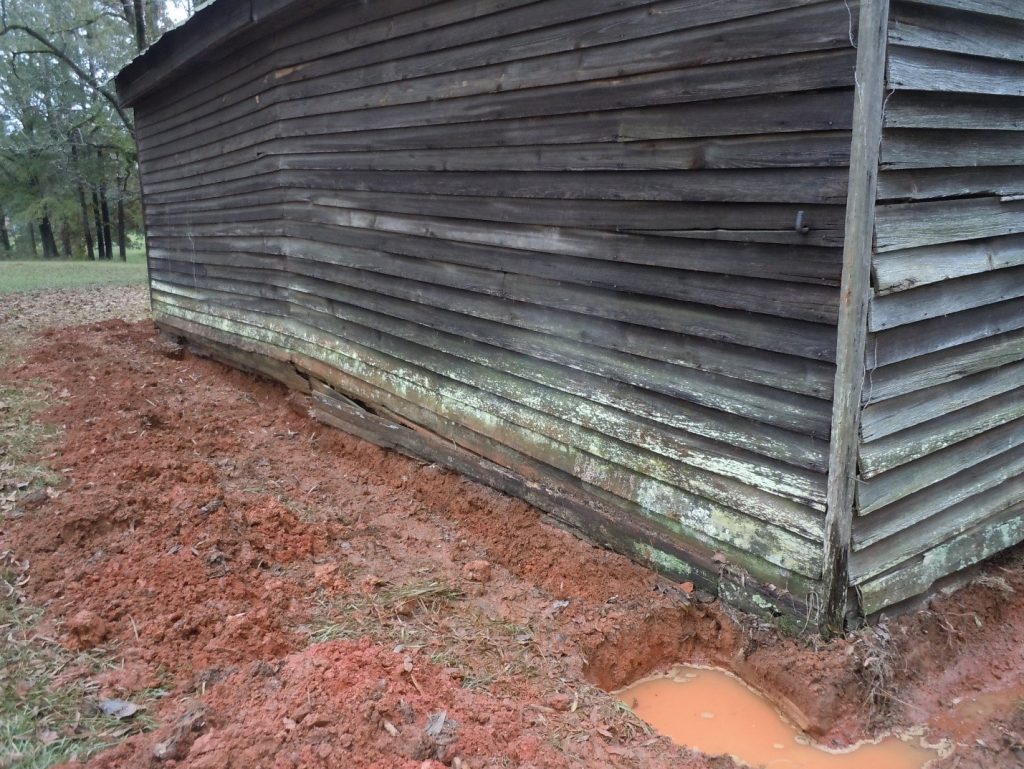
Photos Show Restoration Work as It Progresses
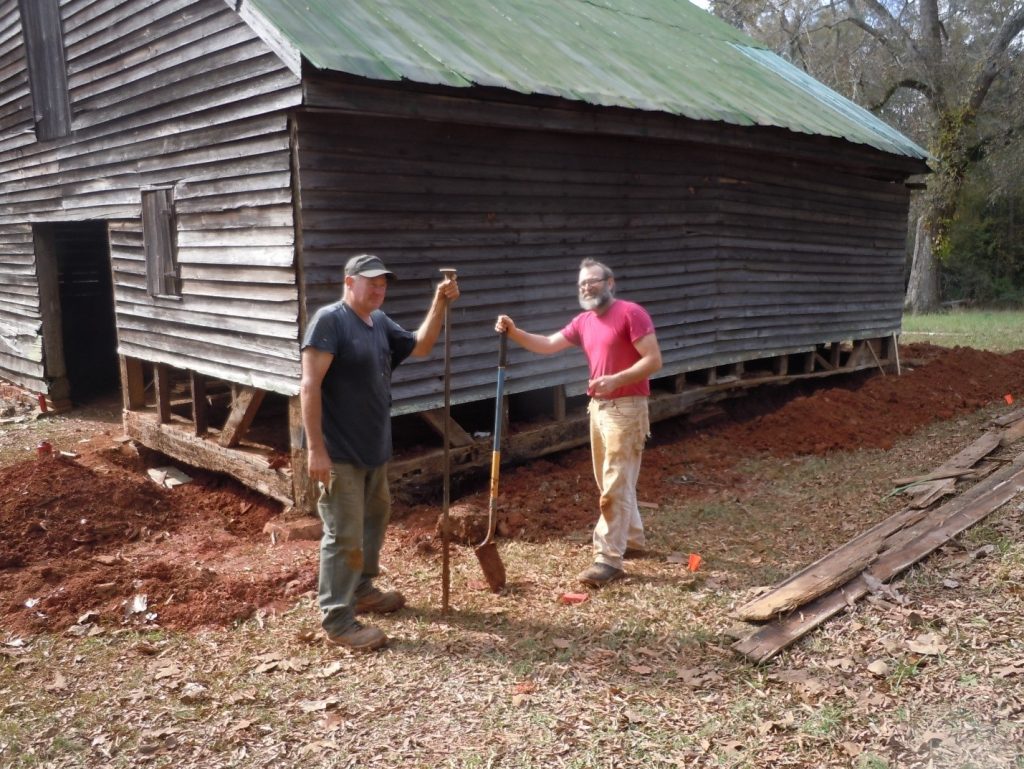
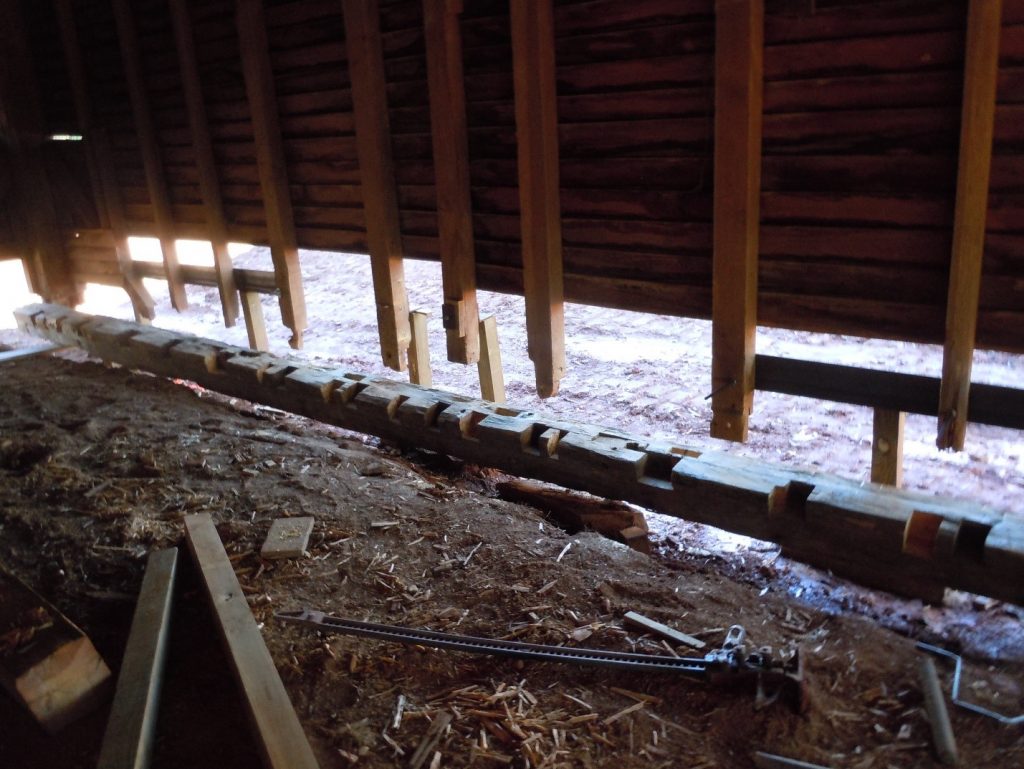
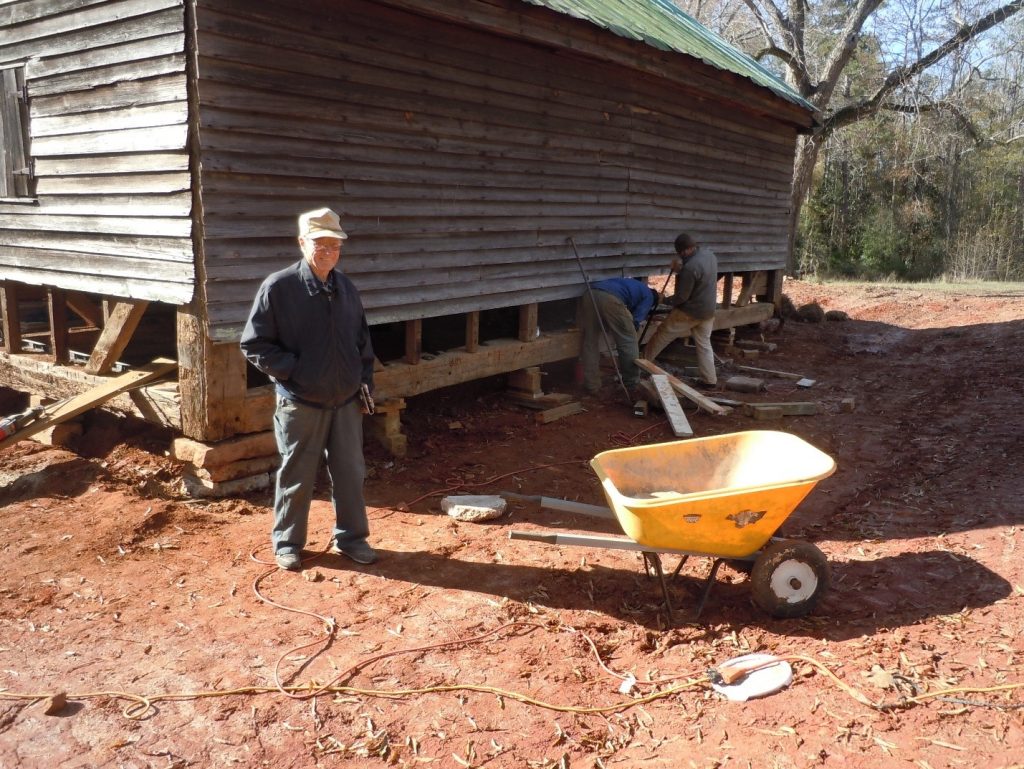
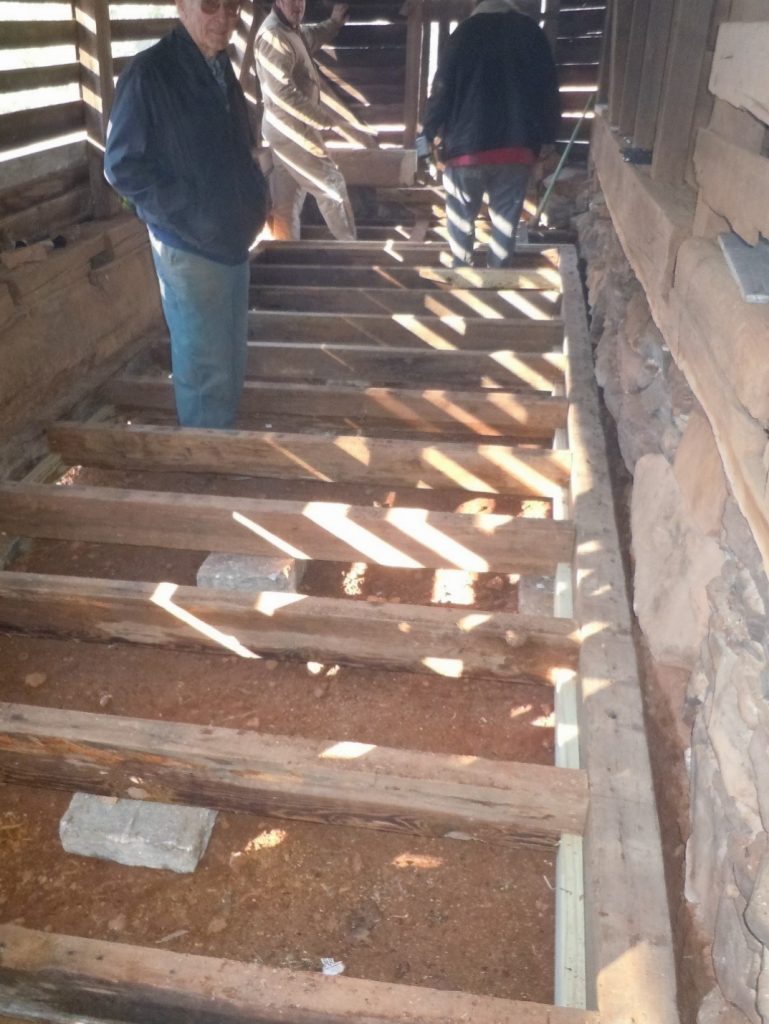
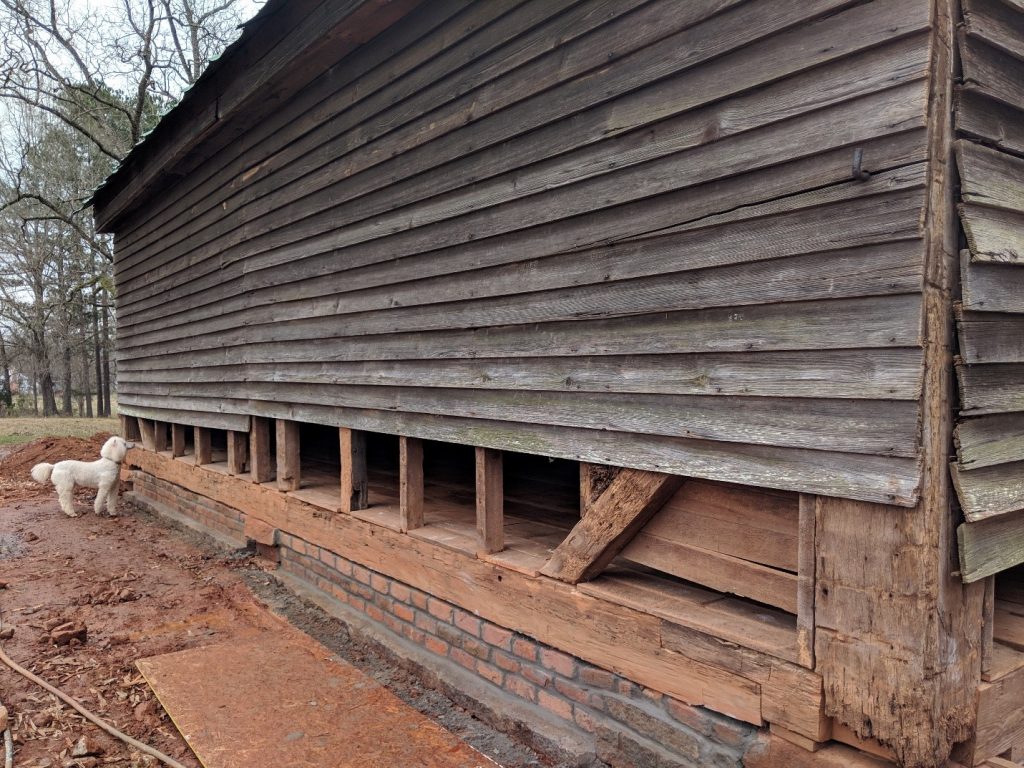
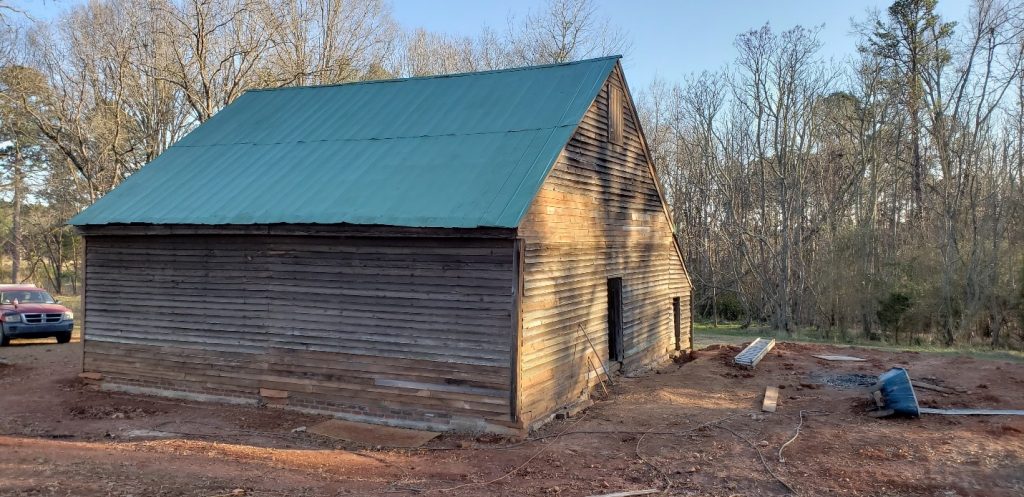
Barn structurally finished, February 15, 2019!
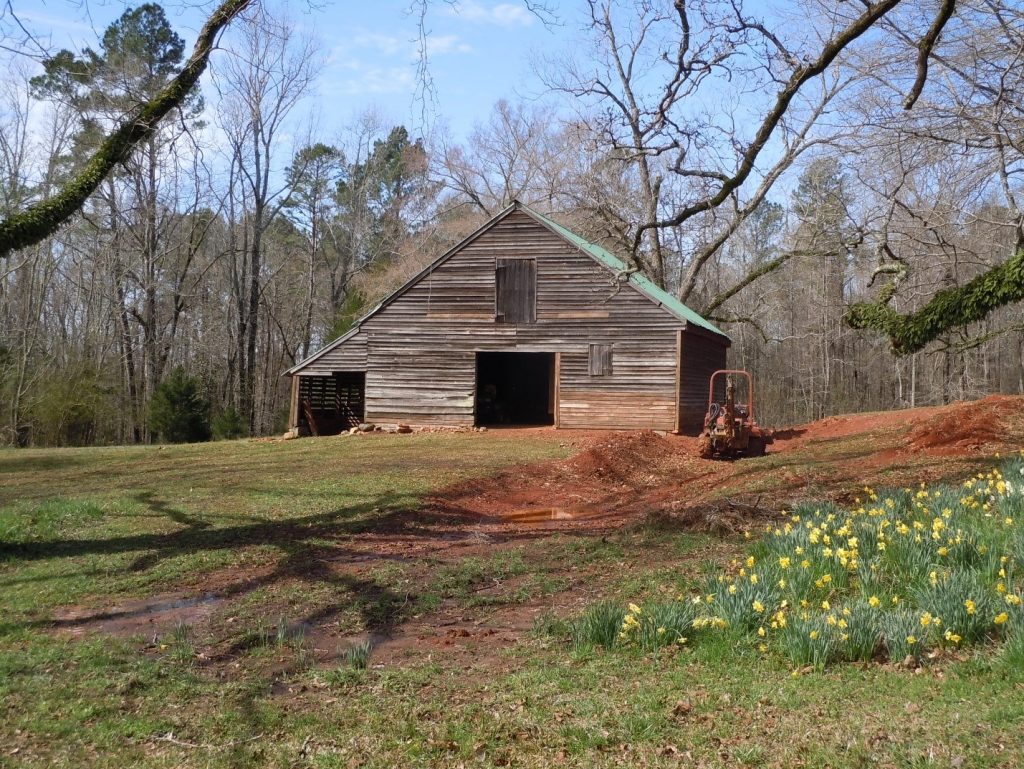
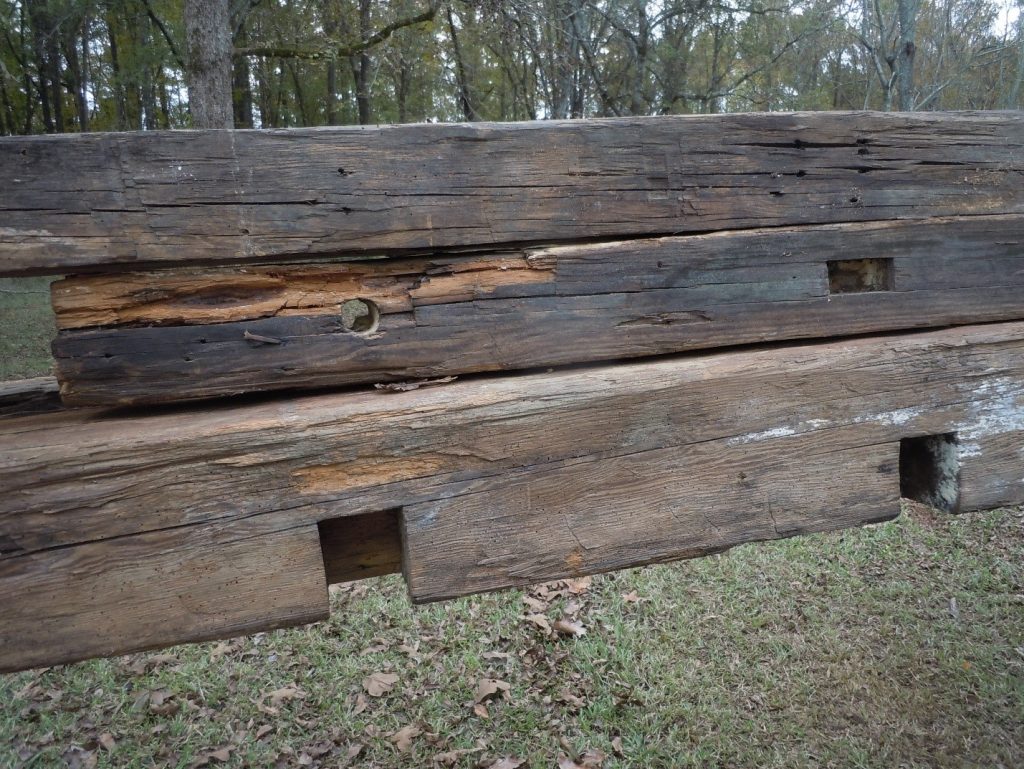
Dr. James Cantrell, professor emeritus at The University of Georgia generously donated the various rare timbers and granite stone blocks needed to restore Glen Mary’s barn. Dr. Cantrell’s rare salvage enabled us to use replacement materials as close as possible to the same species timbers and the same size as the original. Glen Mary’s ca. 1840 barn is built of timber species that are not replaceable, as old growth heart pine is no longer commercially available as a crop.
Preservation America’s intention is to put the barn into public use as an event venue and a community asset.